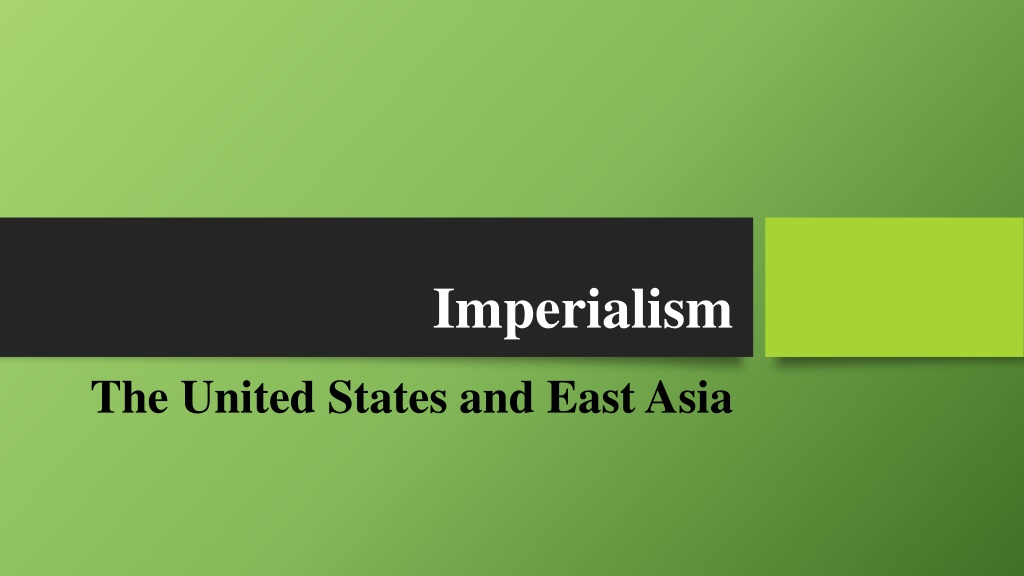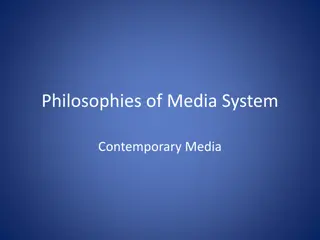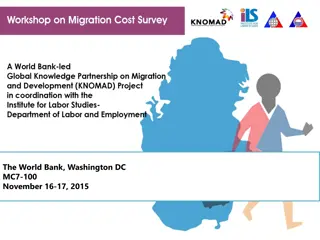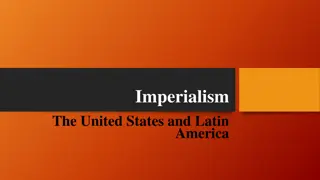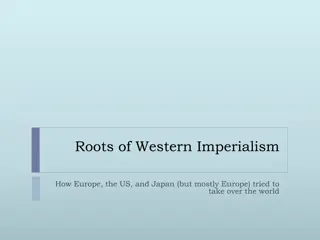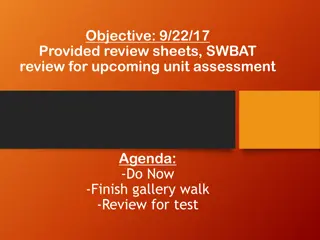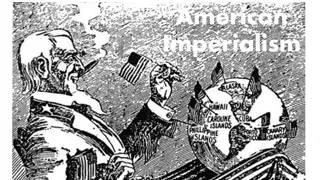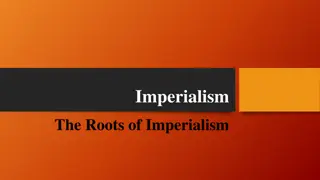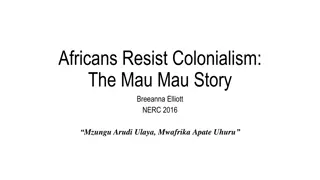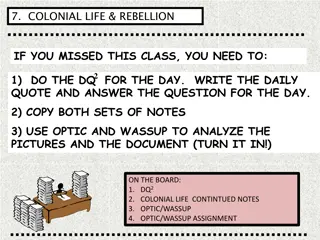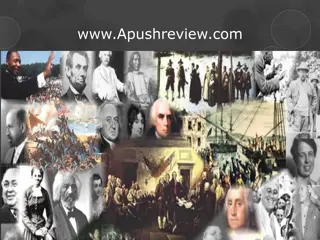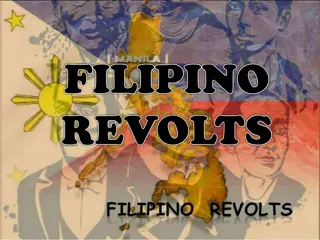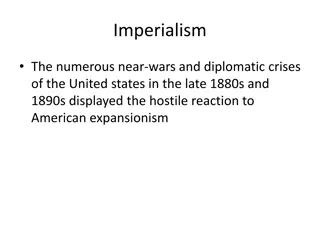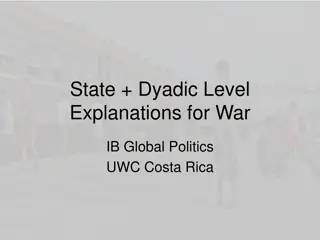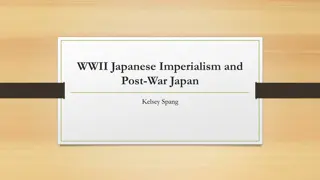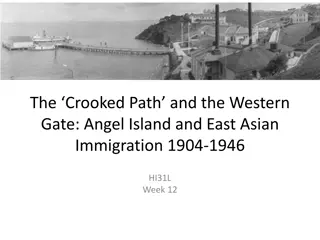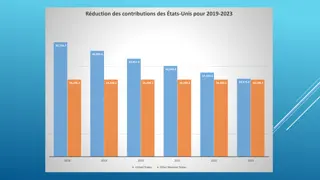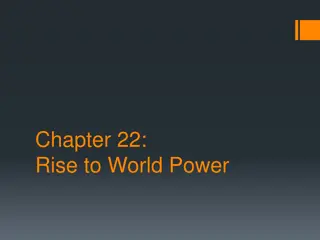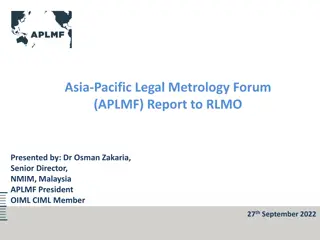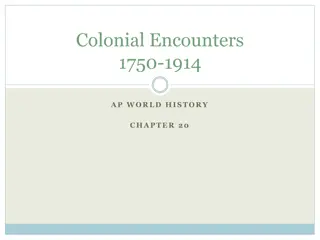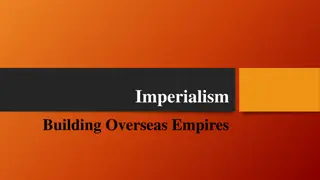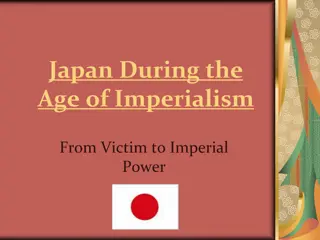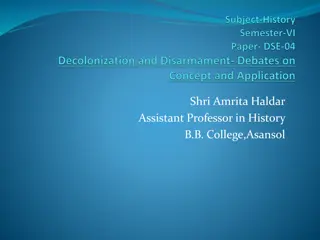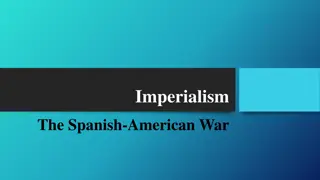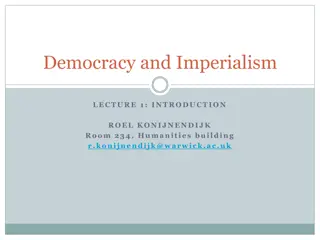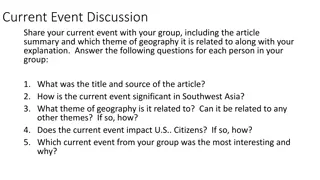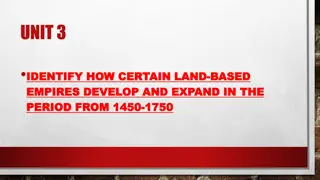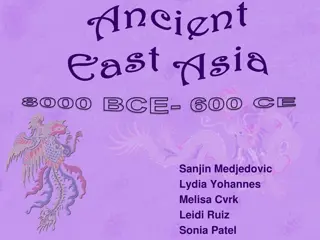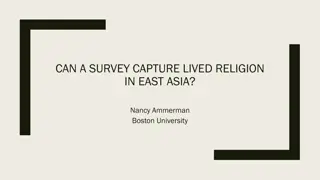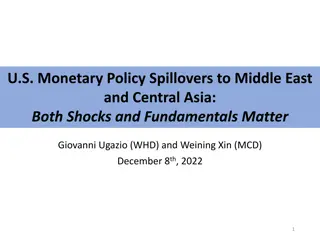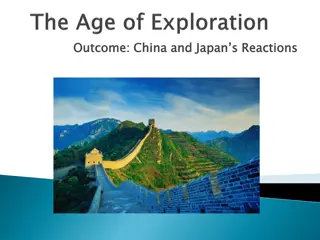The United States Imperialism in East Asia: The Filipino Rebellion
The United States' decision to keep the Philippines as a territory sparked a rebellion led by Filipino nationalist leader Emilio Aguinaldo, who initially believed the US was an ally in the fight for independence. However, disillusionment led to an insurrection against US rule, with Filipino insurgents resorting to guerrilla warfare tactics. The conflict resulted in significant casualties on both sides, highlighting the challenges of fighting against guerrilla insurgents.
Download Presentation

Please find below an Image/Link to download the presentation.
The content on the website is provided AS IS for your information and personal use only. It may not be sold, licensed, or shared on other websites without obtaining consent from the author. Download presentation by click this link. If you encounter any issues during the download, it is possible that the publisher has removed the file from their server.
E N D
Presentation Transcript
Imperialism The United States and East Asia
Filipinos Rebel Against US American decision to keep the Philippines as a US territory reflected desire to expand influence, compete with European colonial powers, and gain trade in Asia Wished to open Asian markets to US products and expand American culture to the region
Filipinos Rebel Against US Filipino nationalist leader Emilio Aguinaldo believed US was an ally in Filipino fight for independence Filipino forces fought on US side against the Spanish Aguinaldo grew disillusioned with US when US decided to maintain possession of the Philippines
Filipinos Rebel Against US Aguinaldo helped organize an insurrection (rebellion) against US rule Rebels believed they were fighting for same principle of self-rule that the Americans fought for during the American Revolution Filipino insurgents relied on guerrilla warfare tactics to fight Americans
Filipinos Rebel Against US US forces responded by gathering civilians into overcrowded concentration camps to fight the guerillas General Jacob Smith ordered his soldiers to take no prisoners
Primary Source Document Let us all be frank. WE DO NOT WANT THE FILIPINOS. WE DO WANT THE PHILIPPINES. All of our troubles in this annexation matter have been caused by the presence in the Philippine Islands of the Filipinos .The more of them killed the better. It seems harsh. But they must yield before the superior race. --San Francisco Argonaut, 1902
Filipinos Rebel Against US Spring 1901: US captured Aguinaldo Although fighting did not immediately end, his capture marked the beginning of the end of the resistance Nearly 5,000 Americans and 200,000 Filipinos died in the fighting US sent 100,000 troops and spent $400 million to defeat the insurgency Conflict highlighted the rigors of fighting against guerrilla insurgents
Reforms and Promise of Self-Rule 1901: William Howard Taft becomes governor of the Philippines Censored the press and placed dissidents in jail to maintain order and win support of Filipinos Extended limited self-rule and built schools, roads, and bridges 1916: Congress passed Jones Act which promised Philippines would gain their independence
US Pursues Chinese Interests By 1899 China had fallen into political, economic, and military disarray Huge population was a tempting target for importing goods from other nations Rather than compete for trade, Britain, France, Germany and Russia carved China into spheres of influence
US Pursues Chinese Interests US did not have a sphere of influence and claimed the system threatened to limit American trade in China US Secretary of State John Hay issued notes to foreign diplomats in 1899 claiming US expected equal treatment for commerce in China Though they initially did little, the notes served as a guiding principle for American foreign policy in Asia
The Boxer Rebellion In response to their country being taken over by European nations, Chinese joined secret societies, one of which got the nickname the Boxers Societies practiced traditional Chinese customs and criticized Western ways
The Boxer Rebellion Over time, simmering Chinese anger burst into outright rebellion against Europeans in China May 1900: Boxers killed foreign missionaries and besieged the foreign diplomats district in Beijing European, American, and Japanese troops sent to Chinese capital to quash Boxer Rebellion
The Boxer Rebellion The European force, which included 2,000 American troops, would eventually put down the rebellion Victors forced Chinese imperial government to pay to repair damage caused by rebellion Poured more fuel on nationalist fire and Chinese nationalists eventually overthrow the emperor in 1911
Tension Between US and Japan Japan wished to expand its influence into China and disapproved of European colonialism in Asia Japanese took offense to Russian occupation of Manchuria February 1904: Japan attacked Russia s Pacific Fleet at Port Arthur, China and defeated the fleet
Tension Between US and Japan After many land engagements that resulted in 100,000 Russian casualties, representatives from Russia and Japan met in Portsmouth, New Hampshire to discuss an end to Russo-Japanese War President Roosevelt intervened when talks stalled and convinced the two sides to sign a peace treaty
The Great White Fleet America had troubled relations with Japan due to anti- Asian sentiment on the West Coast Eventually Roosevelt negotiated a Gentlemen s Agreement to calm anti-Asian sentiments in exchange for Japan limiting emigration of Japanese to America To protect American interests in Asia, Roosevelt convinced Congress to build a new force of navy ships called the Great White Fleet
